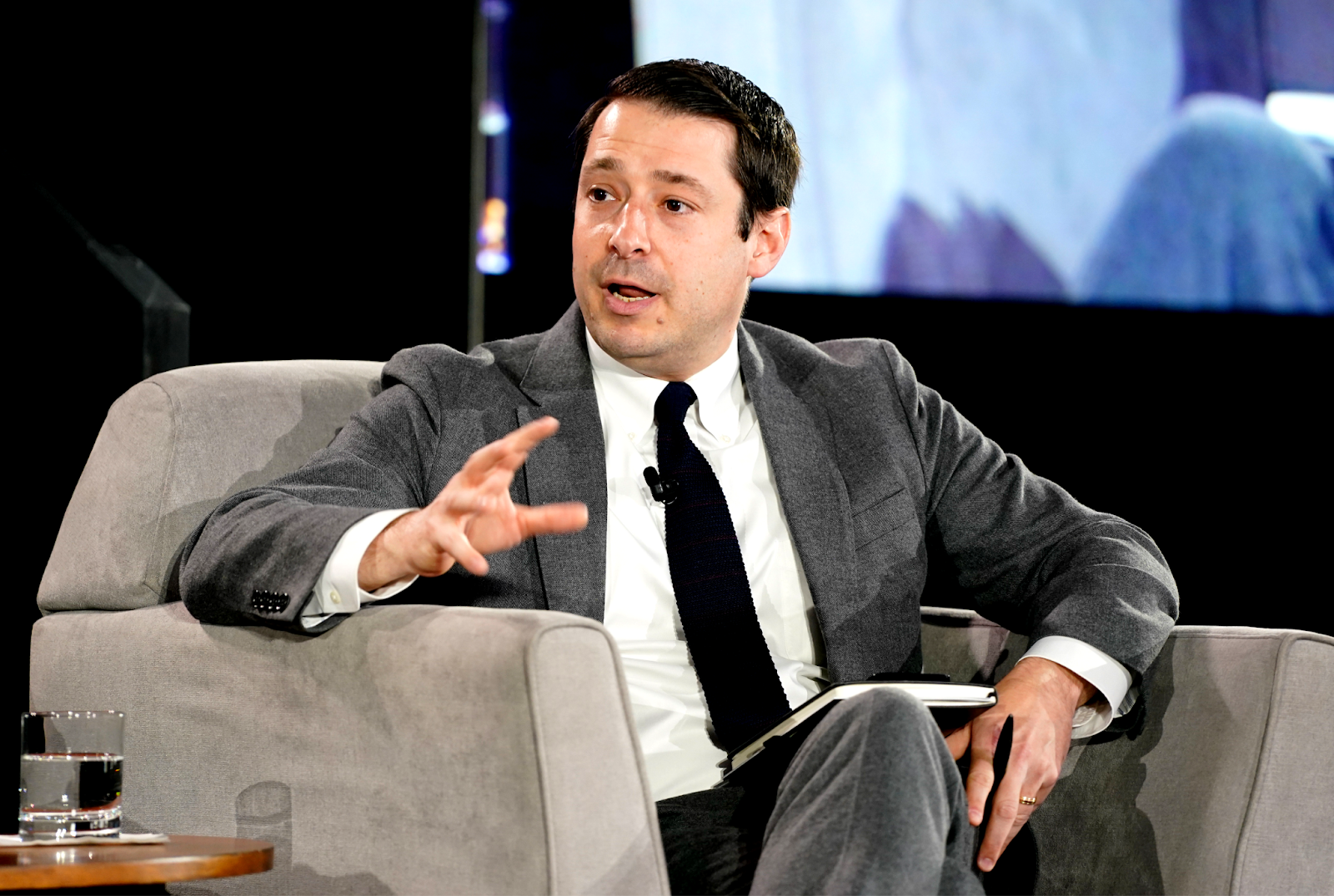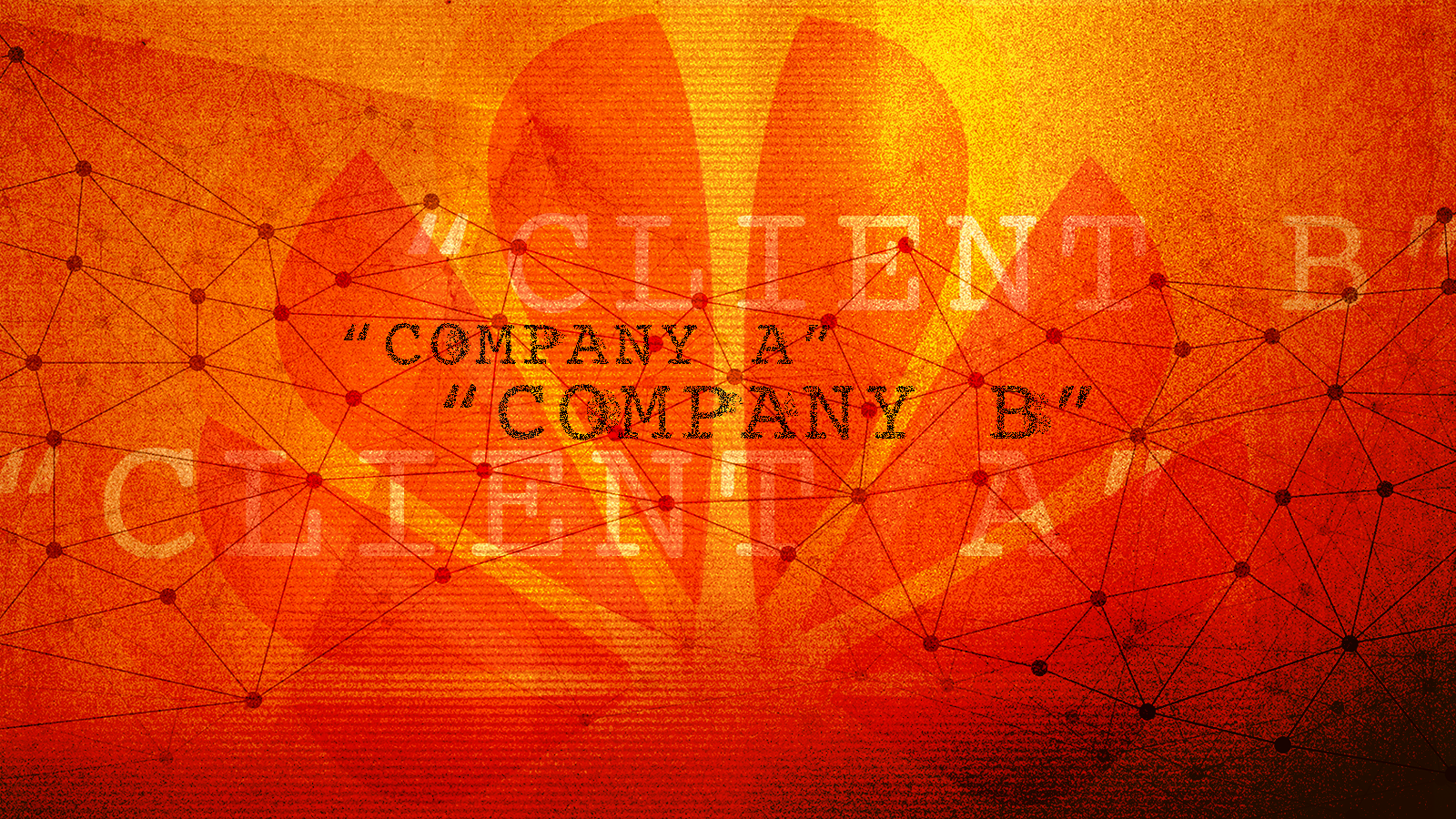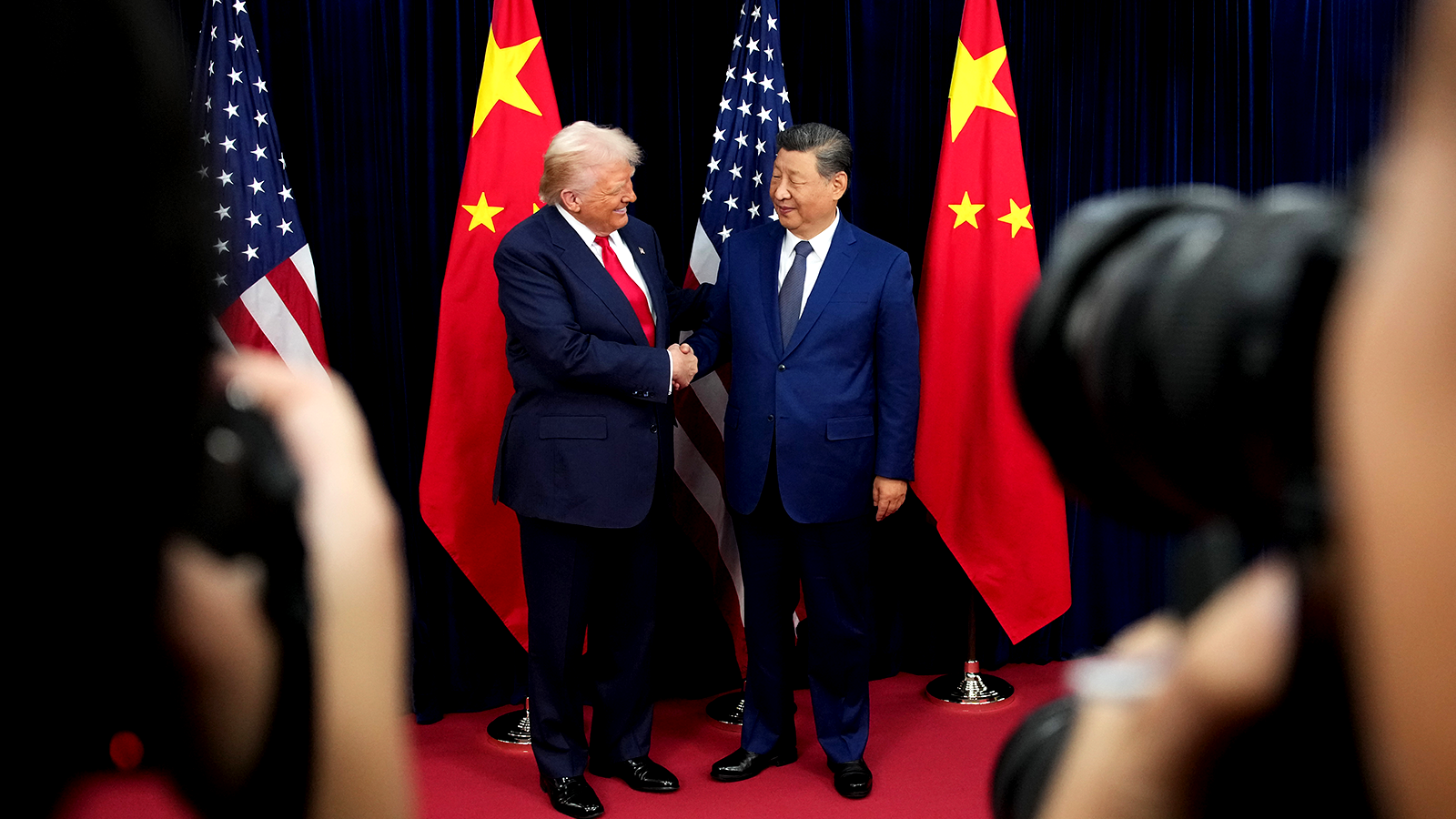Major U.S. defense contractors are struggling to see deep enough into their supply chains to root out potential China-related vulnerabilities, former Pentagon acquisition chief William LaPlante said last week, as China increasingly merges commercial research and development with its military apparatus.
Despite progress in mapping these supply networks since 2022, their scale and opacity remains a challenge, LaPlante said, speaking during a panel at the Kharon Global Summit.
“It’s an endless journey,” said LaPlante, who until January oversaw a tranche of the Defense Department’s roughly $850 billion in annual spending as Undersecretary of Defense for Acquisition and Sustainment.
The panel, titled “Supply Chain Resilience for the Next Era of Defense,” also featured former White House official David Feith; former FBI section chief Jason Scott, now a senior director at GE Aerospace; and Daniel Fata, a former deputy assistant secretary of defense. Panelists warned during the discussion that the U.S. defense-industrial base lacks the real-time visibility needed to deter or outpace China.
And universities, they said, have been slow to recognize the risks themselves.
“What you learned from Ukraine is it was never what you thought,” LaPlante said. “If you said, why can’t we double the production of [certain equipment]? It might come down to ball bearings three levels down, or something else. A lot of times, the prime [supplier] didn’t even know. You had to help the prime figure it out.”
Similar patterns emerged across weapons systems. LaPlante noted that approximately 95 percent of tungsten used in U.S. defense systems comes from China. Congress has mandated supply diversification by 2027, but LaPlante said most industry plans are still “in early stages.”
“You always find out how little people really know about their suppliers,” he said.
Feith, who served as special assistant to President Trump on technology and national security matters until earlier this year, argued that China’s military-civil fusion strategy has undermined traditional U.S. export-control approaches, which rely on distinguishing between military and civilian technology applications.
“Military-civil fusion is a complete assault on our ability to do export controls,” Feith said. “Our export-control system depends on end-use and end-user verification. It was born in an era when we were applying it almost exclusively for countering proliferation of weapons of mass destruction. We’re not in that time anymore.”
Despite progress in mapping these supply networks since 2022, their scale and opacity remains a challenge, LaPlante said, speaking during a panel at the Kharon Global Summit.
“It’s an endless journey,” said LaPlante, who until January oversaw a tranche of the Defense Department’s roughly $850 billion in annual spending as Undersecretary of Defense for Acquisition and Sustainment.
The panel, titled “Supply Chain Resilience for the Next Era of Defense,” also featured former White House official David Feith; former FBI section chief Jason Scott, now a senior director at GE Aerospace; and Daniel Fata, a former deputy assistant secretary of defense. Panelists warned during the discussion that the U.S. defense-industrial base lacks the real-time visibility needed to deter or outpace China.
And universities, they said, have been slow to recognize the risks themselves.
Lessons from wartime production
The Ukraine conflict offered an unexpected stress test for the U.S. defense ecosystem, panel members said.“What you learned from Ukraine is it was never what you thought,” LaPlante said. “If you said, why can’t we double the production of [certain equipment]? It might come down to ball bearings three levels down, or something else. A lot of times, the prime [supplier] didn’t even know. You had to help the prime figure it out.”
Similar patterns emerged across weapons systems. LaPlante noted that approximately 95 percent of tungsten used in U.S. defense systems comes from China. Congress has mandated supply diversification by 2027, but LaPlante said most industry plans are still “in early stages.”
“You always find out how little people really know about their suppliers,” he said.
Military-civil fusion, export controls and research security
Fata, the panel’s moderator and a former deputy assistant secretary of defense for Europe and NATO, asked how effective export controls can be when China embeds defense work inside “civilian universities and labs.” The problem, the panelists said, begins with a mismatch in mindset.Feith, who served as special assistant to President Trump on technology and national security matters until earlier this year, argued that China’s military-civil fusion strategy has undermined traditional U.S. export-control approaches, which rely on distinguishing between military and civilian technology applications.
“Military-civil fusion is a complete assault on our ability to do export controls,” Feith said. “Our export-control system depends on end-use and end-user verification. It was born in an era when we were applying it almost exclusively for countering proliferation of weapons of mass destruction. We’re not in that time anymore.”

David Feith, former special assistant to President Trump on technology and national security, speaks Nov. 5 at the Kharon Global Summit.
He cited examples in semiconductor manufacturing in which Chinese facilities owned by the same parent company, physically connected across a road, face different regulatory treatment based on their designated use.
“The Chinese, it’s all integrated: academic, commercial, military,” LaPlante said. “They don’t distinguish that. It’s a mentality that we don’t have.”
That integration presents particular challenges for U.S. universities, which remains a persistent weak point in research security because academics tend to prioritize sharing information over protecting it, panelists noted.
Until institutions see concrete evidence of exploitation, the panel said, they’re reluctant to turn away Chinese funding and research partnerships. Meanwhile, the pace of foreign research acquisition has outstripped traditional tracking methods, with adversaries moving faster than manual analysis can follow.
“This should look like the Counterterrorism Center,” he said. “24/7. … You’ve got to track it like that, and we’re not there at all.”
He drew a comparison to the automotive sector, where German manufacturers maintain close oversight of their supplier networks. “They manage their suppliers like their children,” LaPlante said. “They watch after them, they care for them, they worry about them. Defense? We don’t. We see them like in-laws.”
The panelists said supply chain security awareness has increased notably over the past five years, with improved tools and more sophisticated policies emerging. But they defined success slightly differently.
While Feith emphasized decoupling from adversaries to restore credible deterrence, LaPlante pointed to production agility itself as a deterrence.
“If I’m the Chinese and I start seeing the United States being able to rapidly turn up the dial in production and having a robust supply-chain understanding, that deters me,” LaPlante said. “We don’t have that.”
The Kharon Global Summit took place under Chatham House rules. The Brief sought and secured panelists’ consent to be quoted before publishing.
“The Chinese, it’s all integrated: academic, commercial, military,” LaPlante said. “They don’t distinguish that. It’s a mentality that we don’t have.”
That integration presents particular challenges for U.S. universities, which remains a persistent weak point in research security because academics tend to prioritize sharing information over protecting it, panelists noted.
Until institutions see concrete evidence of exploitation, the panel said, they’re reluctant to turn away Chinese funding and research partnerships. Meanwhile, the pace of foreign research acquisition has outstripped traditional tracking methods, with adversaries moving faster than manual analysis can follow.
Supply chains as deterrence
Defense supply-chain resilience, LaPlante said, requires continuous monitoring similar to counterterrorism operations, rather than periodic reviews, because “companies can change overnight.”“This should look like the Counterterrorism Center,” he said. “24/7. … You’ve got to track it like that, and we’re not there at all.”
He drew a comparison to the automotive sector, where German manufacturers maintain close oversight of their supplier networks. “They manage their suppliers like their children,” LaPlante said. “They watch after them, they care for them, they worry about them. Defense? We don’t. We see them like in-laws.”
The panelists said supply chain security awareness has increased notably over the past five years, with improved tools and more sophisticated policies emerging. But they defined success slightly differently.
While Feith emphasized decoupling from adversaries to restore credible deterrence, LaPlante pointed to production agility itself as a deterrence.
“If I’m the Chinese and I start seeing the United States being able to rapidly turn up the dial in production and having a robust supply-chain understanding, that deters me,” LaPlante said. “We don’t have that.”
The Kharon Global Summit took place under Chatham House rules. The Brief sought and secured panelists’ consent to be quoted before publishing.










